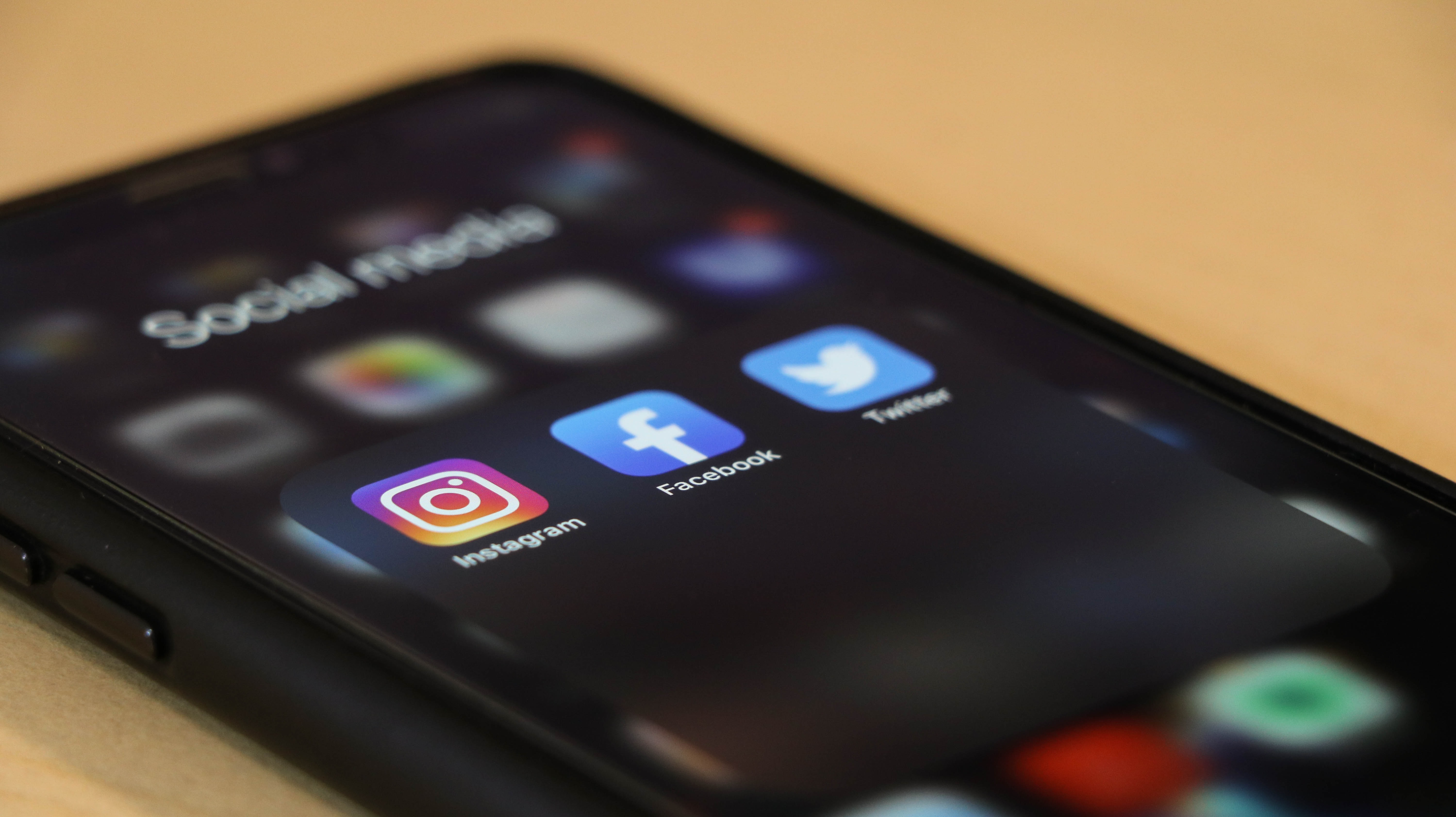by Nina Kumar
Posted on October 12, 2020

In the USA, large percentages of youth spend significant time on social media sites, such as YouTube (85%), Instagram (72%), and Snapchat (69%). At the same time, students in high-achieving schools (HASs) manifest disturbingly high rates of anxiety, depression, and substance use. In light of this, Authentic Connections conducted a study to discern the relationship between social media, achievement pressures, and adolescent distress.
Authentic Connections used data from a total of 1,075 students at three different high-achieving high schools, one each from the Southwest, the Midwest, and the Northeast regions of the USA. Analyses were divided by school and gender, in line with prior work on HAS youth. The study revealed clear connections between students’ use of social media and their levels of anxiety, depression, and rule-breaking.
The single most striking finding from this study was the recurrent, pronounced connection between social media social comparisons and levels of anxiety and depression in girls and boys from all three schools. Previous studies have demonstrated that girls have higher rates of depression in relation to social media use. While, in this study, the results for the girls were higher, there were clear links between social media social comparisons and elevated levels of anxiety and depression for both boys and girls in all three schools.
While there have been many suggestions that too much time spent on social media is what is causing this generation of children to become depressed and anxious, the data did not show significant links between time spent on social media and elevated rates of anxiety and depression. These two sets of findings taken together demonstrate that it is the quality of time spent on social media - not the quantity - that impacts HAS youth’s mental health.
Authentic Connections also analyzed the data to determine the role of envy in students’ mental health. In highly competitive HAS environments, many are vying to be the very best among the best, resulting in the potential for heightened resentment. Interestingly, the findings suggest that students’ feelings of inferiority resulting from social comparisons have much more significant ramifications on their rates of anxiety and depression than their resentment towards others doing better than themselves. In other words, social media social comparisons negatively impact mental health more critically than envy does.
Cumulatively, these findings reveal that comparisons to others on social media have serious implications on students’ mental health, and should be the focus of targeted interventions. The Authentic Connections team has several suggestions for strategies that might be employed. First, adults should support students in shifting their sense of their own self-worth from the splendor of their accomplishments to feelings that they are loved for who they are as individuals. Second, in the environmental context of high-performing schools, it is important that proactive steps are taken to reduce norms and rituals that tend to exacerbate students’ social comparisons. Schools should consider eliminating activities that celebrate academic achievement such as public announcements of class ranks and “sweater day” where students wear sweaters from their future colleges, some of which are more prestigious than others.
Interventions will be most effective if they are undertaken collaboratively with students. Students can be included in focus groups that design ongoing conversations between student cohorts about the risk of unhealthy social comparisons. Anti-bullying initiatives—targeting unkindness in-person or online—can be useful, particularly when involving students’ own voices in design and implementation.
These findings reveal crucial links between levels of anxiety and depression and students’ social media behavior. Students at high achieving schools are disproportionately likely to have clinically significant rates of anxiety and depression. Accordingly, it is critically important for schools to acknowledge the role of social media social comparisons as they develop interventions aimed at fostering resilience in HAS youth.
The full article can be accessed here.
Coming Soon!